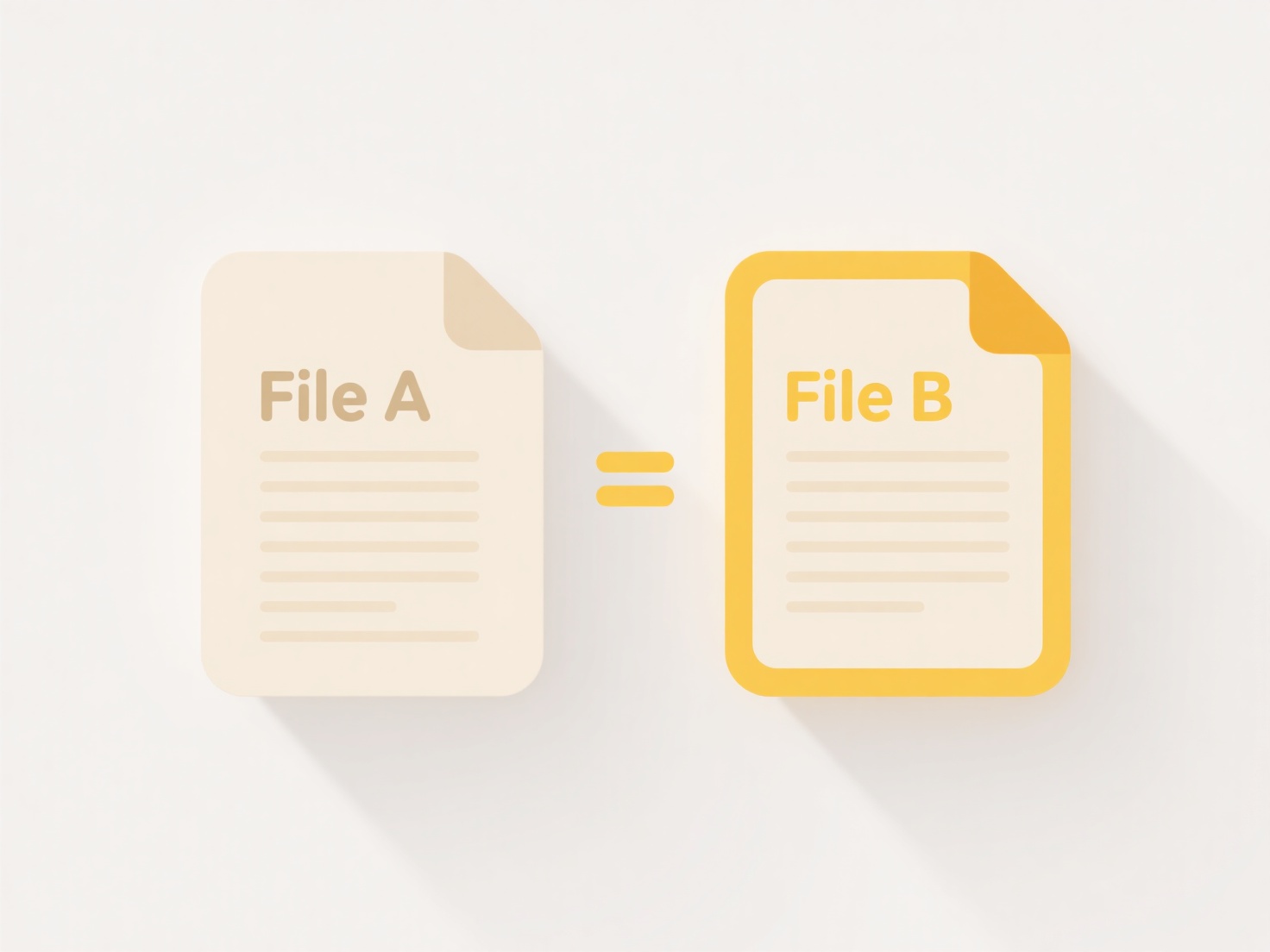
Organizing client deliverables refers to systematically arranging and presenting the final outputs promised to a client, ensuring they are easy to locate, understand, and use. This goes beyond simple file storage; it involves structuring documents, reports, designs, code, or data with clear naming conventions, logical folder hierarchies, version control, and consistent formatting specifically for client consumption. It differs from internal organization by prioritizing client accessibility and clarity over internal workflow needs.

A common practice involves creating a dedicated client folder structure, such as a main project folder containing subfolders categorized by deliverable type (e.g., Reports, Final_Designs, Data_Exports) and/or milestone date. Deliverables themselves are named descriptively (e.g., "Brand_Guidelines_v2_Final_2024-06-15.pdf"). Cloud collaboration platforms like Google Drive, Microsoft SharePoint, or project management tools like Asana are frequently used to host these files and share access securely. Marketing agencies, consulting firms, software developers, and freelancers heavily rely on such structured systems.
Effective organization minimizes client confusion, saves time locating files, and enhances professionalism. However, maintaining strict consistency requires discipline and team-wide adherence. Ethically, it ensures transparency and fulfills contractual obligations. Poorly organized deliverables can damage trust and hinder project success. The rise of specialized digital asset management tools offers more automated metadata tagging and version tracking, driving better adoption as client demands for seamless access increase.
How do I organize client deliverables?
Organizing client deliverables refers to systematically arranging and presenting the final outputs promised to a client, ensuring they are easy to locate, understand, and use. This goes beyond simple file storage; it involves structuring documents, reports, designs, code, or data with clear naming conventions, logical folder hierarchies, version control, and consistent formatting specifically for client consumption. It differs from internal organization by prioritizing client accessibility and clarity over internal workflow needs.

A common practice involves creating a dedicated client folder structure, such as a main project folder containing subfolders categorized by deliverable type (e.g., Reports, Final_Designs, Data_Exports) and/or milestone date. Deliverables themselves are named descriptively (e.g., "Brand_Guidelines_v2_Final_2024-06-15.pdf"). Cloud collaboration platforms like Google Drive, Microsoft SharePoint, or project management tools like Asana are frequently used to host these files and share access securely. Marketing agencies, consulting firms, software developers, and freelancers heavily rely on such structured systems.
Effective organization minimizes client confusion, saves time locating files, and enhances professionalism. However, maintaining strict consistency requires discipline and team-wide adherence. Ethically, it ensures transparency and fulfills contractual obligations. Poorly organized deliverables can damage trust and hinder project success. The rise of specialized digital asset management tools offers more automated metadata tagging and version tracking, driving better adoption as client demands for seamless access increase.
Related Recommendations
Quick Article Links
How do I share files in Slack with proper permissions?
Sharing files with permissions in Slack means controlling who can view or edit your uploaded files directly within chann...
Why do file conflicts happen?
File conflicts occur when multiple users attempt to modify the same file simultaneously in a shared environment, like cl...
Can I delete temporary files after export?
Temporary files are automatically generated by software during operations like exports to store intermediate data that f...